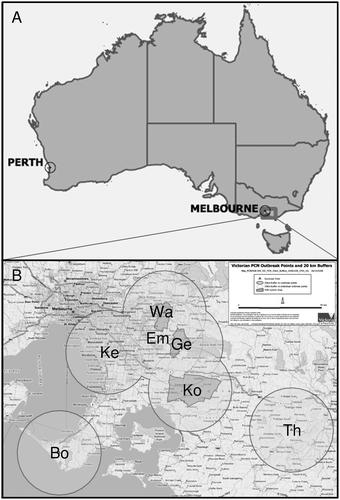
Credit: American Phytopathological Society
St. Paul, MN (May 2019)–Potato cyst nematodes (PCN) are quarantine soilborne pests that damage potatoes around the world, stunting plants and reducing yields. PCN results in losses of 9% of total potato production in Europe and can cause total losses in other regions of the world.
Because PCN is recognized as a significant threat to food security, countries not known to be infected with PCN have rigid regulations governing the importation of host material or other products that might carry the pest, and countries with a known PCN presence, such as Australia, pay the price.
PCN was first discovered in Western Australia in 1986 and an eradication program resulted in no further detection of PCN in the region since 1989, reinstating area freedom in 2010. PCN was also detected in Victoria, Australia, in 1991 and has appeared in six additional locations since. Strict quarantine controls have been in place since each detection.
In 2007, it was theorized that there may have been up to seven introductions of PCN into Victoria. In a recently published study, Jacqueline Edwards and colleagues used the PCN cyst reference collection held by Crop Health Services, Agriculture Victoria, to examine the genetic variability of Victorian PCN populations.
They discovered very little differentiation between the distinct PCN populations, suggesting a single localized introduction into Victoria followed by limited spread to nearby areas. They also discovered that Australian PCN appears genetically distinct from previous populations sampled worldwide.
These findings suggest that the strict quarantine control measures involving increased hygiene and restricted movement appear to have been effective in stopping the spread of PCN. The research also reveals that Australia’s strict requirements around potato imports since the 1980s has effectively prevented any further introductions of the pest.
This research also shows how historical specimens can be re-examined with modern scientific technologies to answer important plant biosecurity questions, such as origin and spread of pests and pathogens, stressing the important of retaining specimens in well-curated reference collections and herbaria for future study.
###
More details about this study can be found in “Molecular Assessment of the Introduction and Spread of Potato Cyst Nematode, Globodera rostochiensis, in Victoria, Australia” in Phytopathology Volume 109, Number 4 published April 2019.
Media Contact
Ashley Bergman Carlin
[email protected]
Related Journal Article
http://dx.




